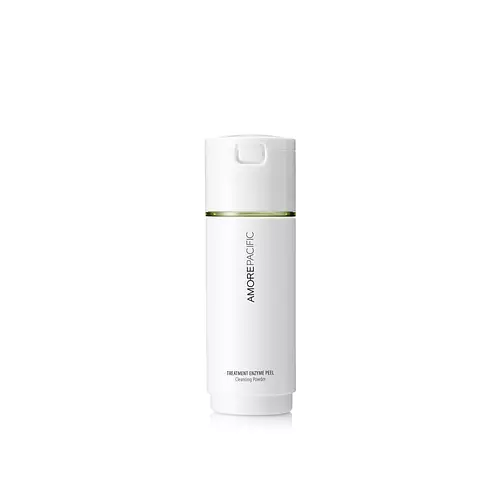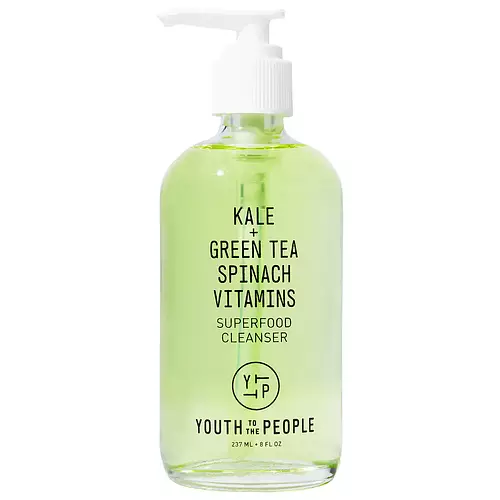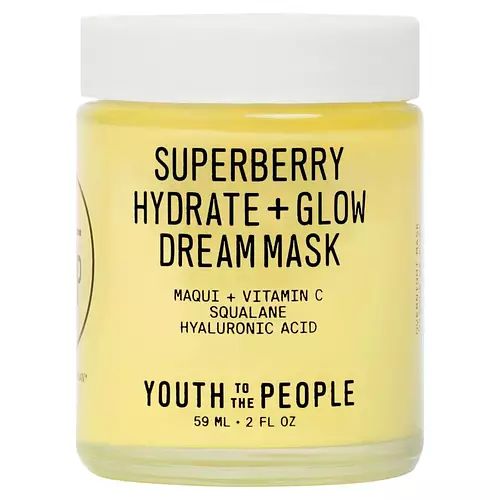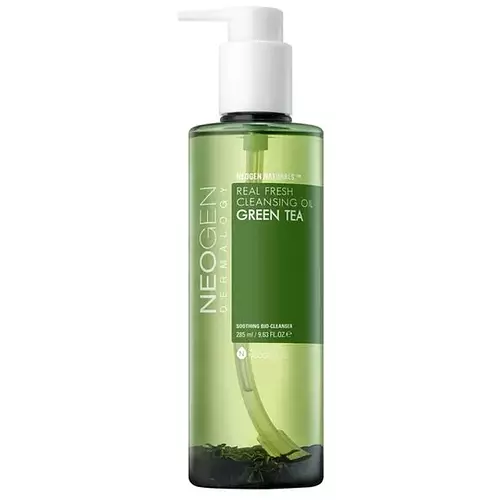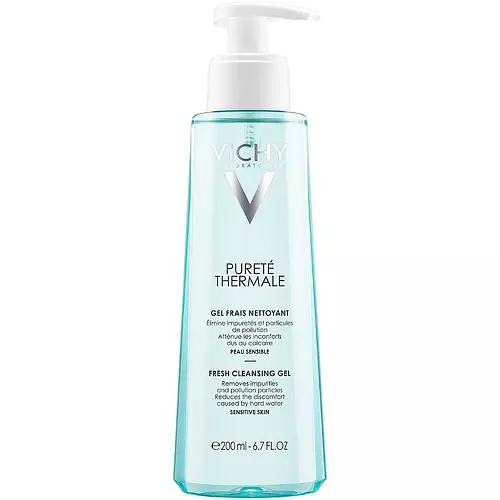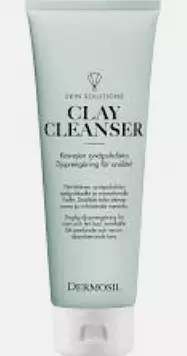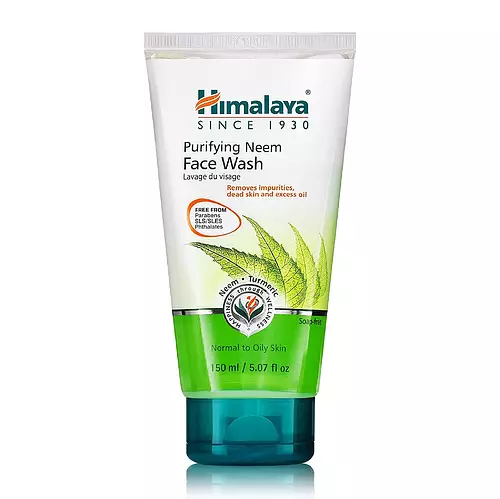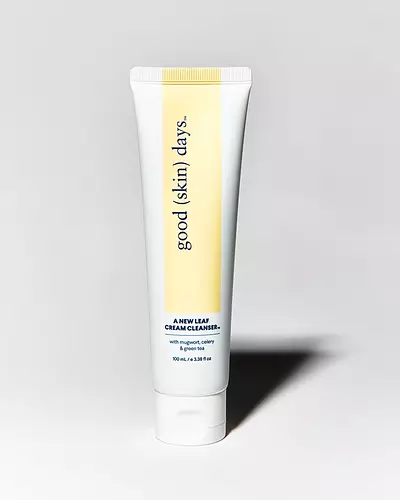Updated on July 18, 2023
Overview
What they are
These products are both reef safe . They have a total of 3 ingredients in common
Suited For
They're both likely to be good for fighting acne, dry skin, sensitive skin and dark spots
Free From
They both do not contain any harsh alcohols, oils, parabens, silicones or sulfates
What's Inside
They both contain fragrances
We independently verify ingredients, and our claims are backed by peer-reviewed research. Spot a product that needs an update? Let us know.
Ingredient Info
AMOREPACIFIC Treatment Enzyme Exfoliating Powder Cleanser 23 ingredients
Youth To The People Superfood Antioxidant Cleanser 35 ingredients
At a glance
Click on any of the items below to learn more
AMOREPACIFIC Treatment Enzyme Exfoliating Powder Cleanser 23 ingredients
Youth To The People Superfood Antioxidant Cleanser 35 ingredients
Notable Ingredients
This product contains 2 ingredients that may have this attribute:
Benefits
This product contains 1 ingredient that may have this attribute:
This product contains 3 ingredients that may have this attribute:
This product contains 3 ingredients that may have this attribute:
This product contains 1 ingredient that may have this attribute:
This product contains 1 ingredient that may have this attribute:
This product contains 1 ingredient that may have this attribute:
Concerns
Notable Ingredients
This product contains 1 ingredient that may have this attribute:
This product contains 1 ingredient that may have this attribute:
This product contains 1 ingredient that may have this attribute:
Benefits
This product contains 1 ingredient that may have this attribute:
This product contains 3 ingredients that may have this attribute:
This product contains 3 ingredients that may have this attribute:
This product contains 2 ingredients that may have this attribute:
This product contains 1 ingredient that may have this attribute:
This product contains 3 ingredients that may have this attribute:
This product contains 1 ingredient that may have this attribute:
This product contains 1 ingredient that may have this attribute:
This product contains 3 ingredients that may have this attribute:
Concerns
This product contains 1 ingredient that may have this attribute:
This product contains 1 ingredient that may have this attribute:
This product contains 2 ingredients that may have this attribute:
This product contains 1 ingredient that may have this attribute:
Ingredients Side-by-side
Ingredients Explained
These ingredients are found in both products.
Ingredients higher up in an ingredient list are typically present in a larger amount.
Parfum is a catch-all term for an ingredient or more that is used to give a scent to products.
Also called "fragrance", this ingredient can be a blend of hundreds of chemicals or plant oils. This means every product with "fragrance" or "parfum" in the ingredients list is a different mixture.
In the US, the alternative name for parfum is 'fragrance'.
The term 'fragrance' is not regulated in many countries. In many cases, it is up to the brand to define this term.
For instance, many brands choose to label themselves as "fragrance-free" because they are not using synthetic fragrances. However, their products may still contain ingredients such as essential oils that are considered a fragrance by INCI standards.
One example is Calendula flower extract. Calendula is an essential oil that still imparts a scent or 'fragrance'.
Depending on the blend, the ingredients in the mixture can cause allergies and sensitivities on the skin. Some ingredients that are known EU allergens include linalool and citronellol.
Parfum can also be used to mask or cover an unpleasant scent.
The bottom line is: not all fragrances/parfum/ingredients are created equally. If you are worried about fragrances, we recommend taking a closer look at an ingredient. And of course, we always recommend speaking with a professional.
Learn more about ParfumWater. It's the most common cosmetic ingredient of all. You'll usually see it at the top of ingredient lists, meaning that it makes up the largest part of the product.
So why is it so popular? Water most often acts as a solvent - this means that it helps dissolve other ingredients into the formulation.
You'll also recognize water as that liquid we all need to stay alive. If you see this, drink a glass of water. Stay hydrated!
Learn more about WaterCamellia Sinensis Leaf Extract is derived from the leaves of the tea plant. Black tea, green tea, and oolong tea are all harvested from this plant.
This ingredient has many skin benefits:
This ingredient contains polyphenols, a strong antioxidant. Antioxidants help fight off molecules that damage skin cells.
On top of that, the antioxidants in green tea neutralize free-radicals from the sun. This gives the skin some extra UV protection, but should not replace sunscreen.
Many components of tea have anti-inflammatory properties.
Polyphenols and L-theanine help soothe the skin and reduce irritation. The caffeine in Camellia Sinensis Leaf Extract helps calm inflamed blood vessels.
Other compounds found in tea include: Vitamin Bs, linoleic acid, magnesium, calcium, iron, and zinc.
Research has shown both drinking Camellia Sinensis Leaf Tea and applying it to the skin can help boost skin elasticity and hydration. Studies also show using tea extract may reduce sebum, or oil, production.
Learn more about Camellia Sinensis Leaf ExtractIngredient Ratings
Here's what our community thinks of the ingredients in these two products.
When to use
AMOREPACIFIC Treatment Enzyme Exfoliating Powder Cleanser 23 ingredients
Youth To The People Superfood Antioxidant Cleanser 35 ingredients

Reviews
Here's what our community thinks
AMOREPACIFIC Treatment Enzyme Exfoliating Powder Cleanser 23 ingredients
Youth To The People Superfood Antioxidant Cleanser 35 ingredients
Sara
Pricey, but great for oily skin, and I don't think it's stripping at all (although, dry skin people may disagree). It provides a very deep...
Pricey, but great for oily skin, and I don't think it's stripping at all (although, dry skin people may disagree). It provides a very deep cleansing, but your face won't feel super dry right after as it happens with other cleansers for oily skin that contain harsh ingredients like mint. Plus, it smells very refreshing, like freshly cut grass. It shocks me that despite the brand's philosophy, they don't offer any option for refilling the bottle, which is made of glass, and really makes you think of it as a refillable product. But sadly it's not and if you want to repurchase, you really need to go buy another really heavy glass bottle and throw away the old one. I don't know if it's some sort of greenwashing but it's definetly not practical.
